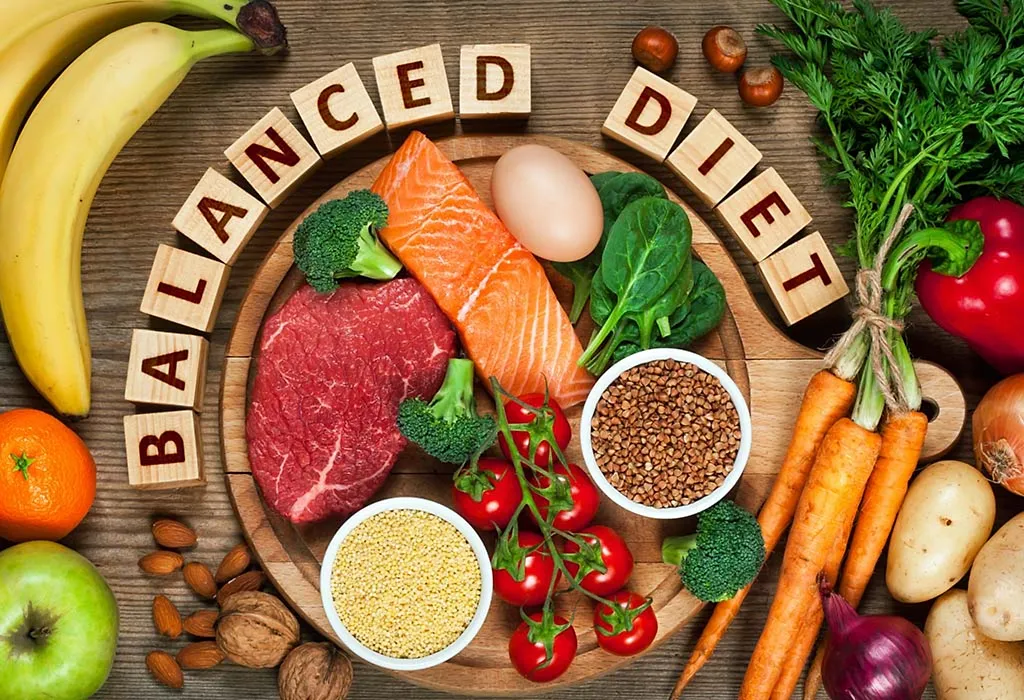
The Indian Council of Medical Research (ICMR) and the National Institute of Nutrition (NIN) recently issued dietary guidelines to address malnutrition and the rising incidence of diseases such as diabetes, heart conditions, and obesity in the country. These guidelines emphasise the necessity of maintaining a balanced diet and adopting a healthy lifestyle to prevent conditions like obesity.
Furthermore, they underscore the significance of regular exercise, avoiding highly processed foods, limiting salt intake, and scrutinising food labels to make informed and health-conscious choices.
Estimates indicate that 56.4% of India's total disease burden is attributable to unhealthy dietary habits. Referring to non-communicable diseases (NCDs), the NIN reported that 34% of children aged between five and nine years have high triglyceride levels.
The NIN guidelines also suggest that healthy diets and physical activity can significantly reduce the prevalence of coronary heart disease and hypertension, and potentially prevent up to 80% of Type 2 diabetes cases.
These new guidelines have been issued four years after the NIN's review of nutritional requirements for Indians in 2020. A similar assessment was conducted over a decade ago in 2010, followed by the release of dietary guidelines in 2011.
The Dietary Guidelines for Indians (DGIs) were developed by a multidisciplinary committee of experts, led by Dr. Hemalatha R, Director of ICMR-NIN, and have undergone several scientific reviews.
Speaking about the new guidelines, Dr Hemalatha says: “These dietary guidelines for Indians are on a food-based approach that can be understood by common people. The dietary guidelines are based on the nutrient requirements of Indians released in 2020. In the last ten years, there have been lots of changes in the food landscape and shifts in dietary patterns.”
Alarming Statistics
In the past five years, India has witnessed a considerable rise in debilitating diseases such as obesity, diabetes, and hypertension.
A Lancet study reveals alarming obesity rates in India, with 70% of the urban population marked overweight. India ranks third globally in obesity, following the US and China. The report, conducted by the NCD Risk Factor Collaboration, reveals that approximately 80 million individuals in India are classified as obese, with a striking one crore falling within the age group of 5 to 19 years.
In June 2023, another Lancet study estimated that 101 million people in India - 11.4% of the country's population - are living with diabetes. A survey commissioned by the health ministry also found that 136 million people - or 15.3% of the population - could be living with pre-diabetes.
Similarly, a World Health Organization report published in September 2023 stated that 188.3 million people in India had hypertension, but only 37% of these individuals were aware of their condition.
In contemporary India, lifestyle diseases stem from overeating, compounded by excessive exposure to fast food, inadequate sleep, reduced physical activity, and heightened stress levels.
Reconsidering Dietary Habits For Better Health
Health experts argue that many Indians today tend to overconsume carbohydrates, sugar, and processed foods while neglecting essential nutrients like protein and vegetables. This imbalance often leads to excessive weight gain, obesity, and deficiencies in vital nutrients such as protein, calcium, and vitamin B12, contributing to health issues like diabetes and hypertension.
“Current food habits of Indians are failing them as there is a reliance on readymade processed and high-calorie foods; both partners working culture is creating the demand to order mostly through food apps, inability to cook all meals at home, being the major cause,” says Dr Jyoti Singh, a nutritionist.
Missing Components In The Indian Diet
The rising prevalence of Non-Communicable Diseases (NCDs) in India prompts us to question the health quotient of the traditional Indian diet. Unfortunately, modern Indian diets have drifted away from traditional meals. While cuisines vary across Indian states, a typical Indian meal traditionally includes grains like rice, wheat, or millets, lentils, seasonal vegetables cooked in oil or ghee, and a variety of herbs and spices, all of which offer proven health benefits. Dairy products like milk, yoghurt, and paneer are also staples, along with fish, eggs, and meat for non-vegetarians. This combination provides a rich array of nutrients, including carbohydrates, proteins, fats, vitamins, and minerals.
The Indian government has initiated schemes to reintroduce millets, considered a superfood, into our diets, but sustained efforts are needed to elevate their status alongside rice and wheat. The National Institute of Nutrition (NIN) has outlined 17 specific recommendations, advocating for a diverse diet that includes ample vegetables and legumes, prioritising whole foods over commercial supplements often favoured by fitness enthusiasts.
Promoting Healthier Choices
For a balanced 2000 kcal diet, the guidelines suggest consuming 500 gm of vegetables and fruits, followed by 250 gm of cereals, along with pulses, legumes, fish, meat, and dairy products. Dr. Hemalatha emphasises: "For the first time we have categorised food into types based on the level of processing so that people can choose healthier options. There is a new chapter on protein requirements, which says protein supplements taken continuously can affect heart, kidney and bone loss"
Regarding public awareness, she adds, " We are planning a series of awareness campaigns, workshops in collaboration with anganwadis, public health centres and local authorities."
However, the responsibility for maintaining a healthy diet doesn't solely lie with the government. People must also take proactive steps by reducing consumption of high-carbohydrate foods, fats, sugar, and salt, prioritizing sleep, and engaging in regular exercise.
Not a big ask given the benefits coming our way.
(Bharti Mishra Nath is a senior journalist)
Disclaimer: These are the personal opinions of the author


